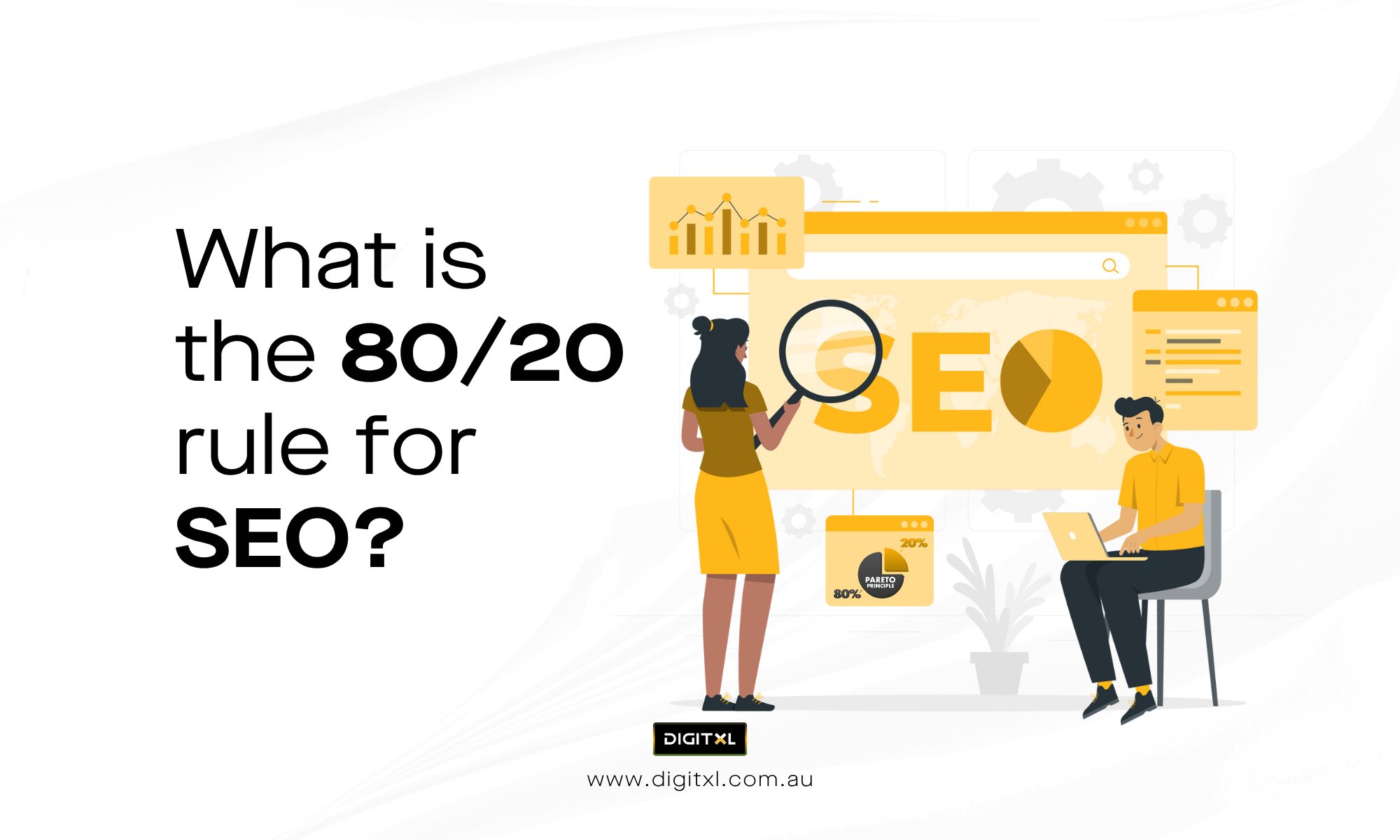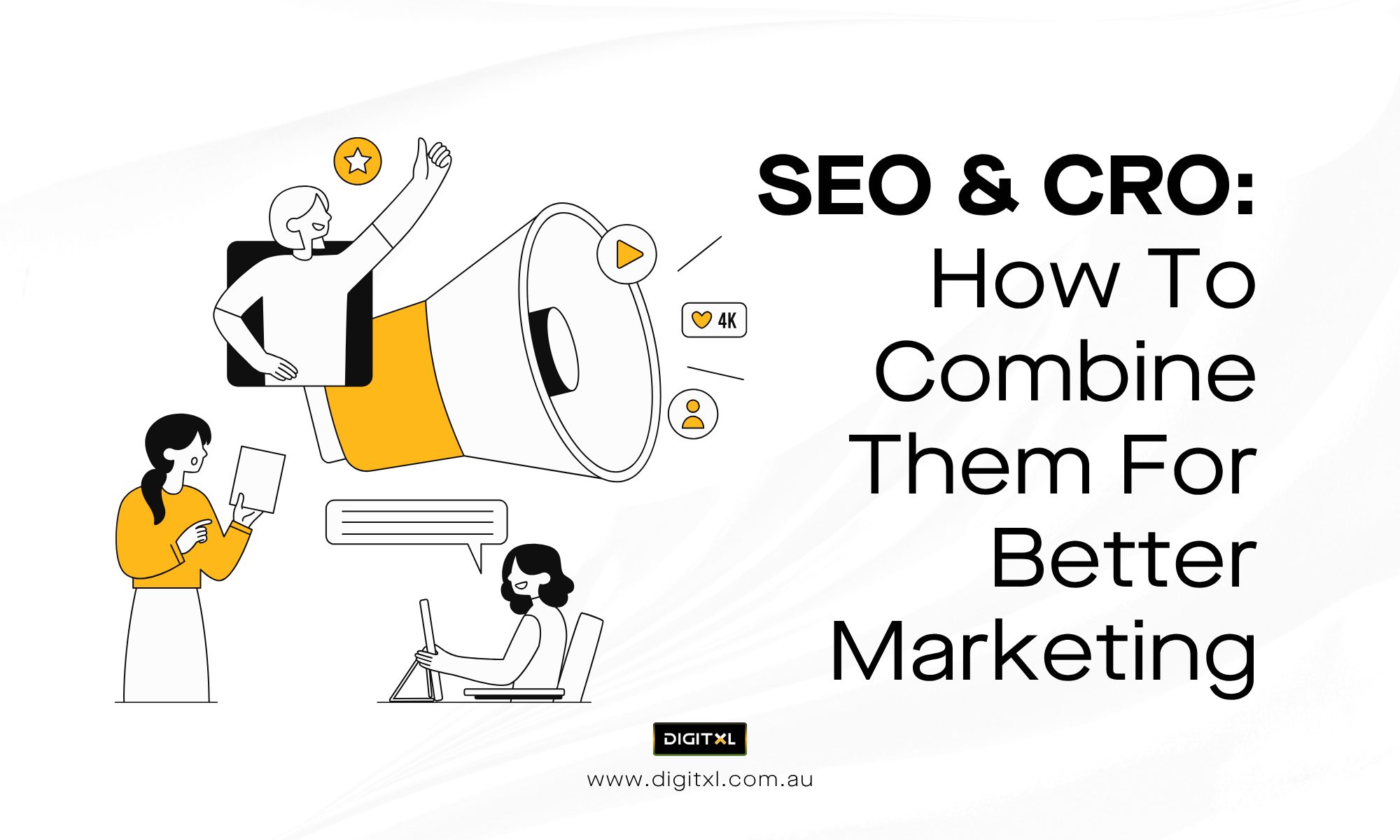- Ecommerce
- Martech
5 ways AI improves your customers shopping experience
13 Jun 2024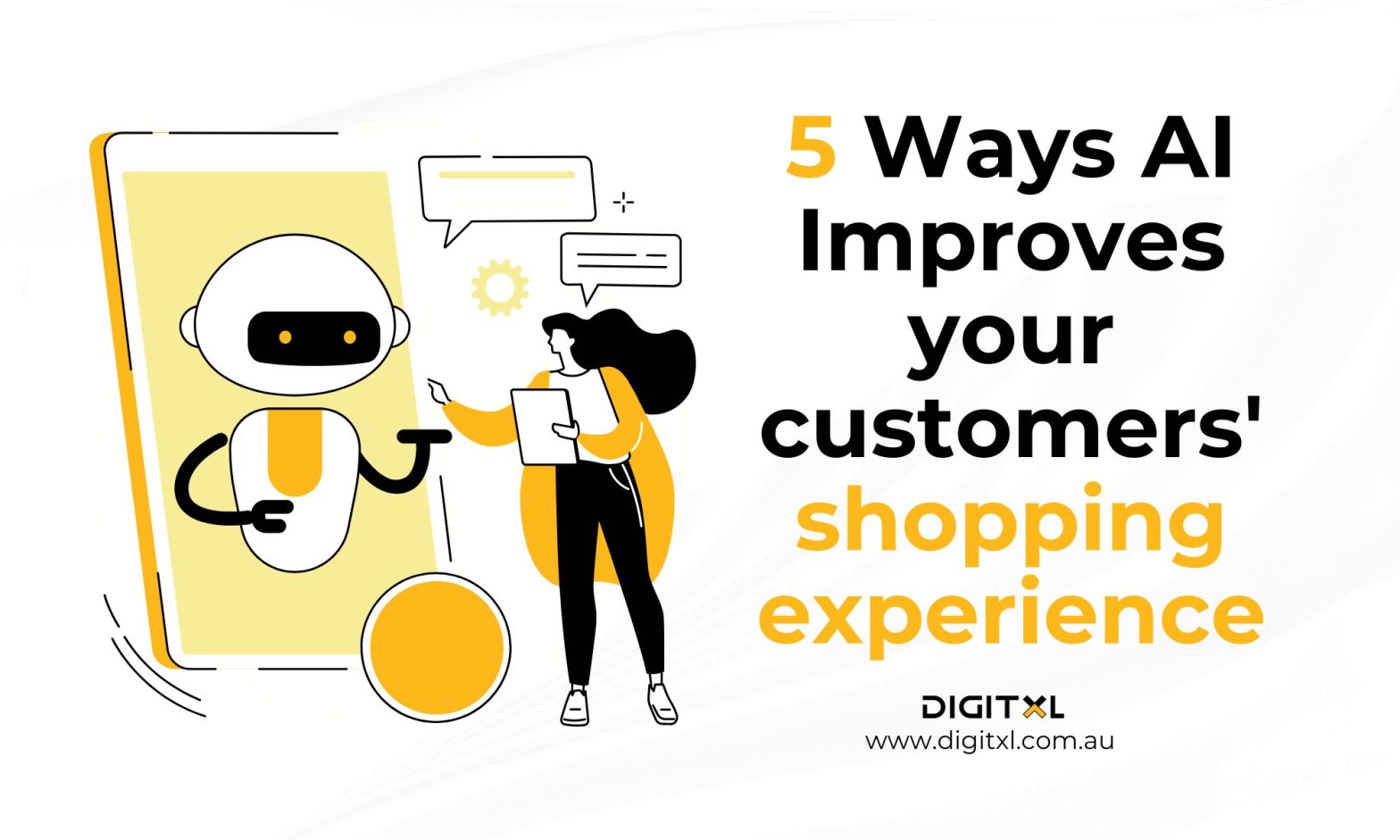
From uncanny product recommendations that seem to read your mind to virtual reality experiences that turn browsing into a journey, Artificial Intelligence is the game-changer transforming how we shop.
You walk into your favourite store, but this time, it’s a virtual where every shelf is stocked just for you. Your virtual shopping assistant knows exactly what you need, even before you do. And with a snap of your fingers—okay, Thanos much? rather, a click of your mouse—you can see how that trendy jacket looks on you without even trying it on. Welcome to the exhilarating world of AI shopping!
In this blog, we’ll pull back the curtain on the cutting-edge technologies that are redefining the e-commerce experience!
2. Personalised Recommendations: AI Picks Just for You
Gone are the days of browsing through endless product pages to find something that piques your interest. With AI, the perfect product finds you! By analysing your browsing history, purchase behaviour, and personal preferences, AI algorithms curate tailored recommendations that cater to your unique tastes.
How It Works:
AI looks at what you’ve bought before, what you’ve looked at, and what people with similar tastes have liked by leveraging machine learning models and collaborative filters to assess similarities in user behaviour. For example, if you often buy organic products, it might suggest new organic snacks or cleaning supplies you haven’t tried yet.
- Netflix uses AI algorithms to personalise recommendations for movies and TV shows. According to Netflix, over 80% of the content watched by users is driven by their recommendation system, which saves the company over $1 billion annually in potential lost revenue from cancellations due to lack of engagement.
- Amazon leverages AI to suggest products based on users’ browsing and purchase history, driving over 80% of watched content and saving the company more than $1 billion annually by reducing potential cancellations due to lack of engagement.
- Walmart’s AI-driven recommendations have increased their conversion rates by up to 15%, helping customers discover items they didn’t even know they needed.
- Shopify merchants using AI-powered recommendations see an average conversion rate increase of 20%, making personalised shopping a key driver of sales.

3. Virtual Assistants: Artificial Intelligence Help Around the Clock
Shopping should be a breeze, and AI-powered virtual assistants ensure it is. These digital helpers are always on hand to answer your questions, provide product information, and assist with transactions, making your shopping experience seamless and enjoyable.
How It Works:
Virtual assistants use natural language processing (NLP) to understand and respond to customer inquiries. You might type, “Where can I find running shoes?” and the assistant will guide you directly to the sportswear section. They can also help with things like tracking orders or finding out store hours.
- Sephora offers a virtual assistant that provides personalised product recommendations and beauty tips, available 24/7 to enhance customer engagement.
- The North Face employs IBM Watson’s AI to help customers find the perfect jacket. The AI-powered chatbot uses natural language processing to ask questions about intended usage and personal preferences, leading to more accurate product recommendations.
- H&M’s AI chatbot, Ada, reduces customer service email volumes by 30% and improves response times by 70%, demonstrating the efficiency and effectiveness of AI in customer support.
- Alibaba’s AliMe processes millions of inquiries daily, cutting customer service costs by 50% and improving customer satisfaction scores by 30%.
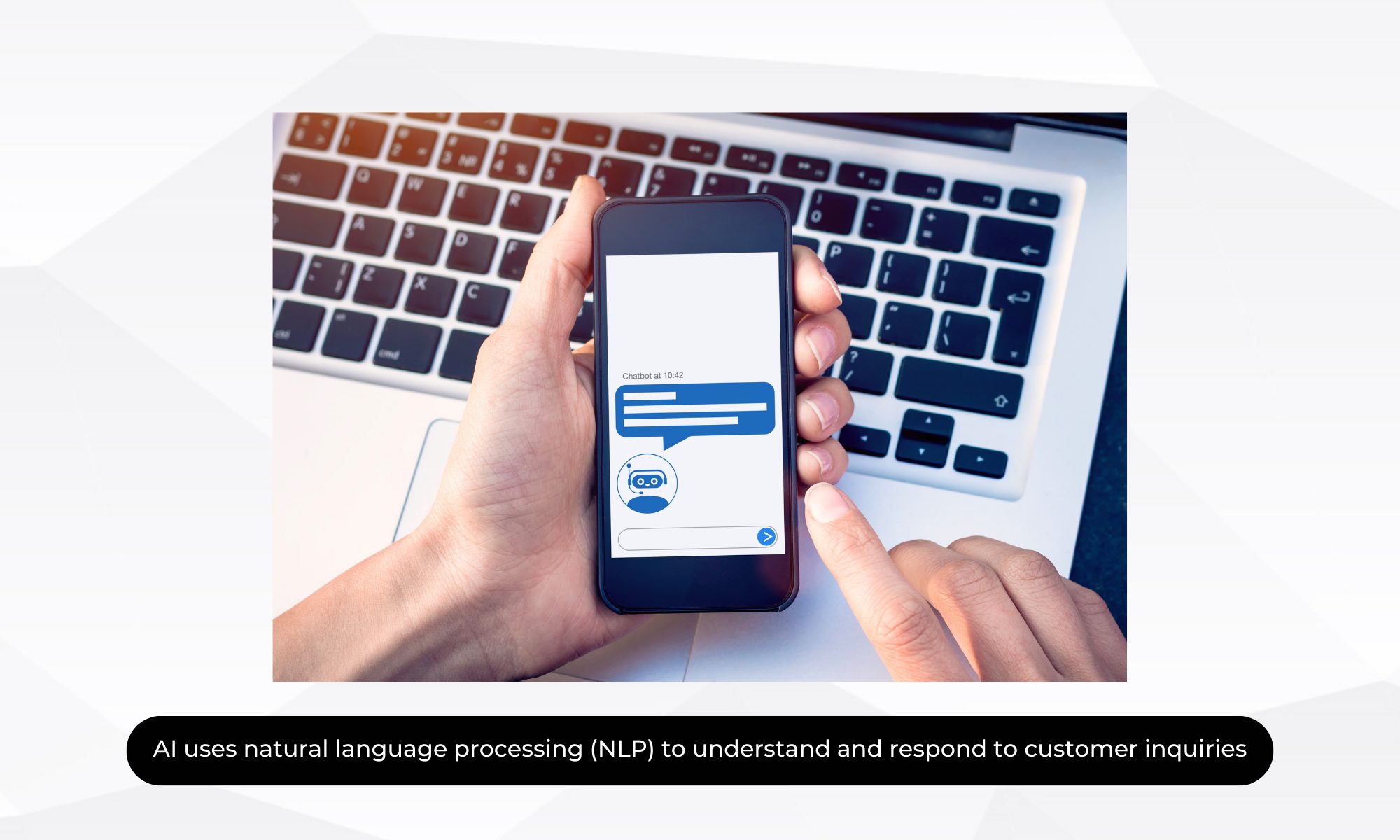
4. Snap & Shop: Visual Search Made Easy
Have you ever seen something you loved but didn’t know how to describe it? AI-powered visual search, such as the latest ‘Circle to Search’ feature on Samsung’s Android phones, lets you find products using images, making shopping as simple as snapping a picture. Whether it’s a chic outfit or a unique piece of decor, visual search makes finding the perfect item easier than ever.
How It Works:
When you upload an image, the AI analyses it to understand the key features. Then it searches the store’s inventory for items that look similar. This is perfect for fashion and home decor, where visual appeal is everything.
- Pinterest uses visual search technology that enables users to find products similar to uploaded images, driving a 10% increase in engagement and reducing bounce rates.
- ASOS’s visual search tool has led to a 10% increase in customer engagement and significantly lowered bounce rates.
- Target integrates Pinterest’s Lens technology, resulting in a 20% increase in app usage and a 15% boost in mobile sales.
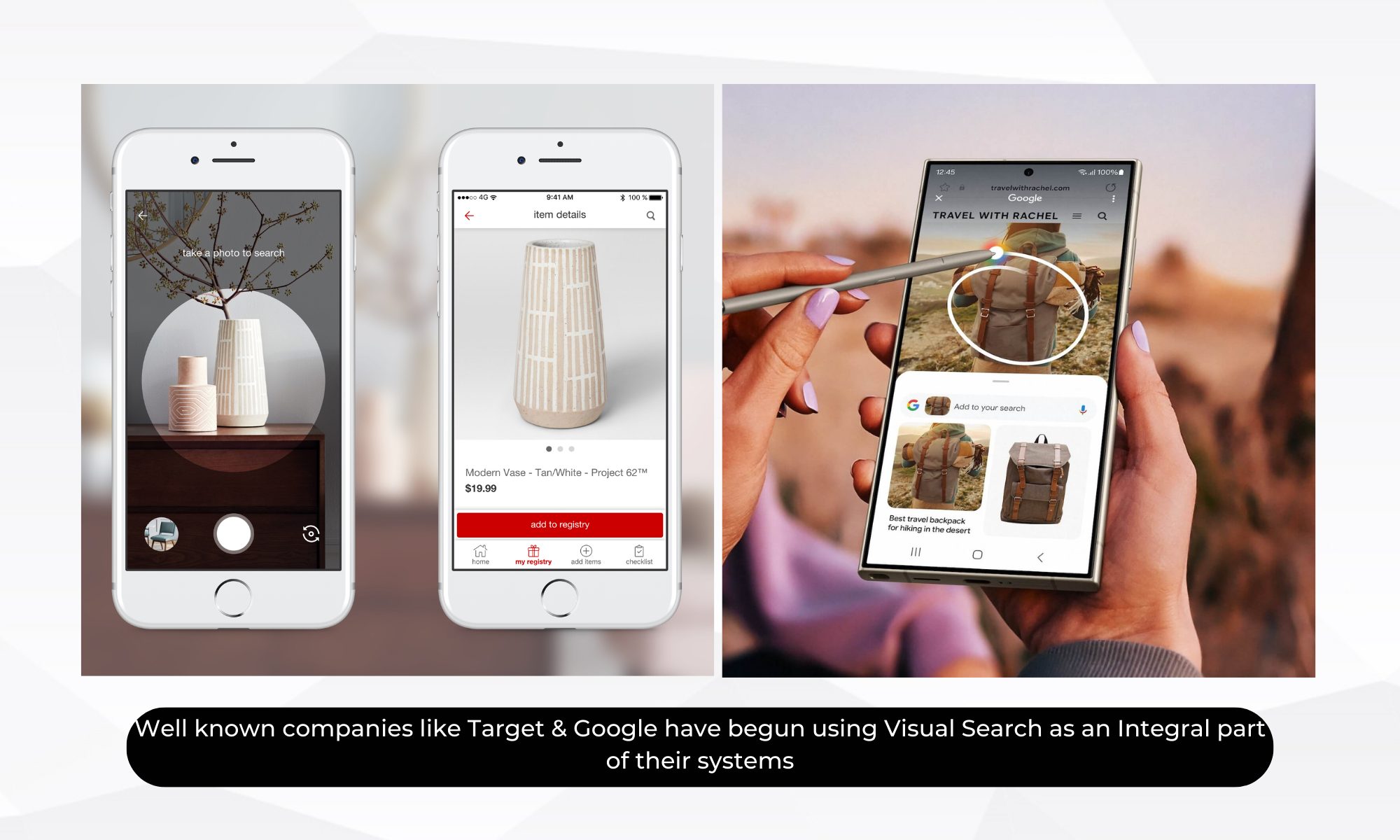
5. Predictive Analytics: Predicting What You’ll Want Next
The human mind is funny. We know what things we need, but when we go into the store or open the shopping app, we suddenly forget what it is that we need. AI-driven predictive analytics helps us by analysing data trends and patterns to forecast future purchasing behaviour. This allows brands to tailor their offerings and promotions to meet your needs before you even realise them.
How It Works:
AI examines your previous purchases and browsing habits to guess what you might be interested in next. This means stores can send you personalised offers or make sure they have enough stock of products you’re likely to buy.
- Zara uses predictive analytics to optimise inventory and offer targeted promotions, enhancing both online and in-store shopping experiences.
- eBay leverages predictive analytics to align product availability with customer demand trends, leading to a 10% increase in sales.
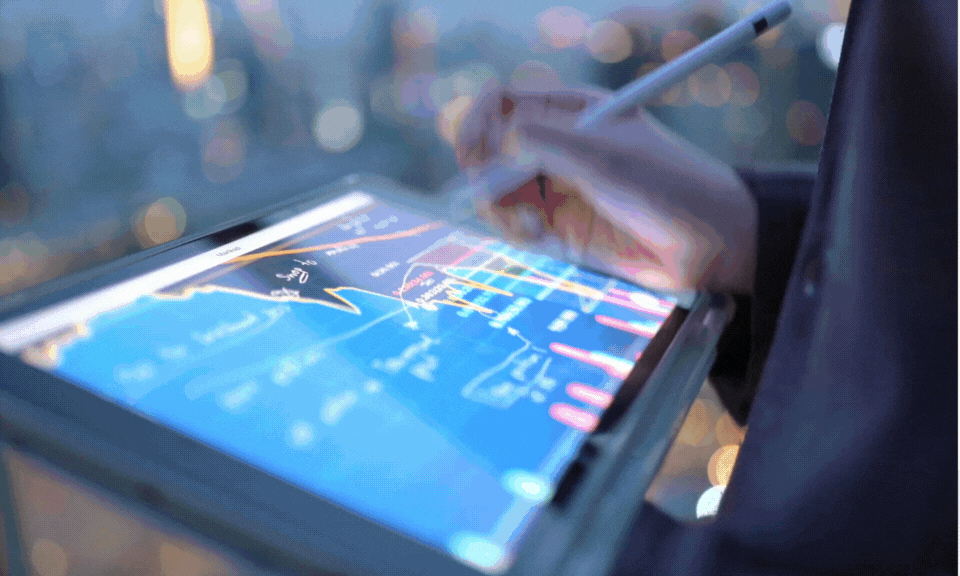
6. Improved Customer Insights: AI Reveals Your Shopping Patterns
With the help of big data, understanding your customers becomes a bit easier. AI-driven insights provide a deeper understanding of consumer behaviour and preferences, enabling brands to refine their strategies and create more engaging experiences.
How It Works:
AI tools analyse data from various touchpoints, including website interactions, social media activity, and transaction histories. This helps businesses create more appealing marketing campaigns and improve their product offerings.
- Nike employs AI-driven customer insights to tailor marketing campaigns and product launches, increasing engagement and sales by 30%.
- IKEA uses AI to analyse customer feedback and enhance their product recommendations and marketing strategies. This has improved their customer satisfaction scores by 20% and increased repeat purchase rates by 15%.
- Starbucks’ AI-powered mobile app tracks customer purchases and preferences, boosting user engagement by 25% and sales by 30%.
7. Emotion AI: Mood Match
AI cannot only understand what you want but also knows how you feel. Emotion AI interprets customer emotions from facial expressions and behaviour, allowing brands to offer more empathetic and personalised interactions.
How It Works:
Emotion AI uses sophisticated algorithms to read and interpret emotional cues. For example, if a customer seems frustrated while browsing online, the system might suggest a different product category, offer a discount, or initiate a live chat with customer support.
- H&M uses emotion AI to analyse customer feedback and sentiment from social media. This has helped them tailor marketing campaigns more effectively and has resulted in a 15% increase in customer engagement.
8. Immersive Shopping Experiences: Explore with AI-Powered VR
Step into a virtual showroom where you can interact with products in a dynamic and immersive way. AI personalises these experiences, making shopping more interactive and engaging.
How It Works:
AI-driven VR systems analyse user interactions within the virtual space to provide tailored recommendations and adjust the environment based on user behaviour. This could include changing the layout of a virtual store, highlighting products of interest, or creating a personalised tour based on the customer’s previous purchases and preferences.
- IKEA Place uses AR to let customers visualise furniture in their homes before purchasing, reducing product returns by 35%.
- Alibaba Buy+ offers a VR shopping platform that increased engagement during shopping festivals by 30% and attracted over 8 million users in its first month.
9. AI-Powered Conversational Commerce: Chat & Checkout
Imagine shopping just by talking. AI-driven chatbots facilitate this by allowing you to make purchases through natural language commands, making shopping more intuitive and fun.
How It Works:
AI-powered conversational platforms can handle complex queries, make recommendations, and process transactions all within a single conversation. These systems use natural language understanding (NLU) to understand and respond to customer requests, creating a fluid and intuitive shopping experience.
- DigitXL uses a conversational AI platform that integrates with social media channels and messaging apps.
10. AI-Driven Sustainability Insights: AI Helps You Go Green
Consumers today are increasingly eco-conscious, and AI helps them make greener choices by highlighting the sustainability credentials of products.
How It Works:
AI gathers data on product materials, manufacturing processes, and supply chains to assess their environmental footprint. It then offers recommendations based on this analysis, helping customers find products that match their sustainability criteria.
- Patagonia uses AI to analyse supply chain data for sustainability, enhancing brand reputation and increasing sales of eco-friendly lines by 50%.
- Unilever monitors and optimises sustainable sourcing practices using AI, reducing their environmental footprint by 30%.
- Lush uses AI to provide customers with detailed sustainability information about their products. This transparency has boosted customer loyalty and increased repeat purchase rates by 20%.
11. Trend Tracker: Shop the Latest from Influencers
AI identifies and integrates trends from social media influencers into product recommendations and marketing strategies, making shopping more trendy and relevant.
How It Works:
AI algorithms scan social media platforms for trending products, styles, and influencers. It then integrates these insights into the shopping platform, offering customers product recommendations that reflect current trends and popular items among their favourite influencers.
- Instagram Shopping curates experiences based on influencer content, leading to a 25% increase in click-through rates and a 15% boost in sales conversions.
- TikTok’s AI integration of trends from influencers has resulted in a 40% increase in engagement for shoppable ads.
- Facebook leverages AI to analyse user data and trends, curating personalised shopping experiences through Facebook Shops.
12. The Future of Shopping with AI
From personalising your shopping experience to predicting your next purchase, AI makes every aspect of shopping easier, more enjoyable, and more efficient.
The real winners in this AI-driven retail revolution are the customers, who benefit from personalised experiences, seamless interactions, and instant gratification. And the retailers who embrace AI are not just meeting customer expectations—they’re exceeding them, leading to increased sales, brand loyalty, and customer satisfaction. As AI continues to evolve, so will the shopping experience, promising an even more exciting and tailored future for consumers worldwide.
13. FAQ
Q1. How does AI personalise the shopping experience?
A. AI analyses browsing history, purchase behaviour, and preferences to recommend products tailored to each shopper. Retailers like Amazon, Netflix, and Walmart use AI-driven recommendations to increase engagement and sales by up to 20%.
Q2. What are AI-powered virtual assistants in shopping?
A. AI virtual assistants use natural language processing (NLP) to answer questions, guide customers, and assist with purchases 24/7. Brands like Sephora and H&M use them to improve customer support and reduce response times by up to 70%.
Q3. How does visual search make online shopping easier?
A. Visual search allows customers to upload or snap an image to find similar products instantly. Platforms like Pinterest, ASOS, and Target use AI-powered visual search to boost engagement and sales while reducing bounce rates.
Q4. What is predictive analytics in retail?
A. Predictive analytics uses AI to analyse past purchase behaviour and forecast future needs. This helps retailers like Zara and eBay optimise stock levels, tailor promotions, and increase sales by anticipating customer demand.
Q5. How does AI improve customer insights for businesses?
A. AI processes data from websites, apps, and social media to reveal shopping patterns and customer sentiment. Companies like Nike, IKEA, and Starbucks use AI insights to launch targeted campaigns, improve satisfaction, and increase repeat purchases.
Q6. Can a CRO agency help combine AI with conversion optimisation?
A. Yes. A CRO agency can guide businesses in using AI tools like product recommendations, predictive analytics, and personalised messaging to increase conversions. By pairing AI insights with structured experimentation, a CRO agency helps retailers turn more visitors into customers and get the most value from their AI investments.



